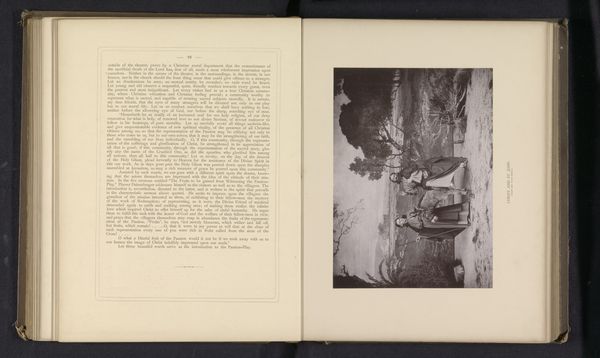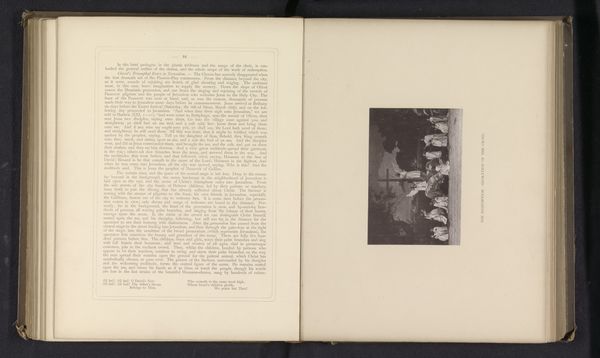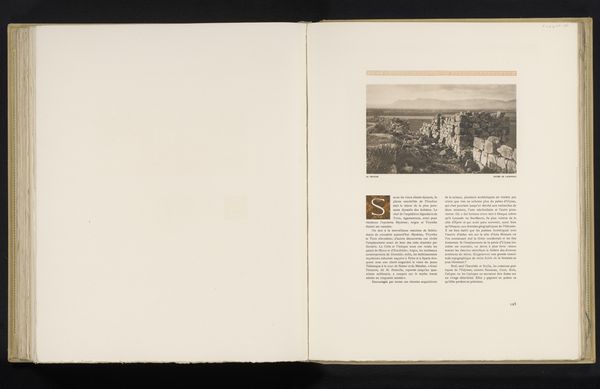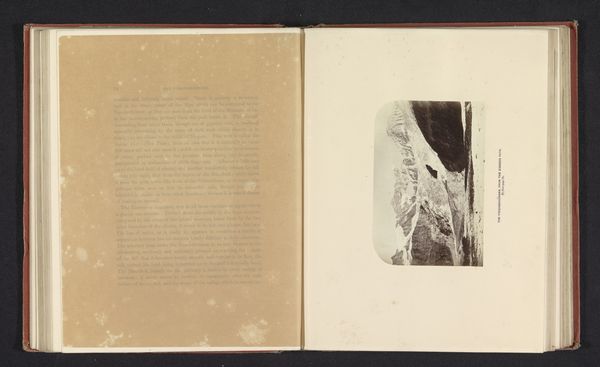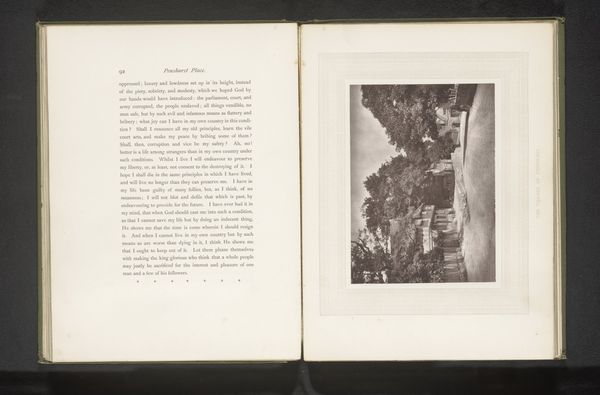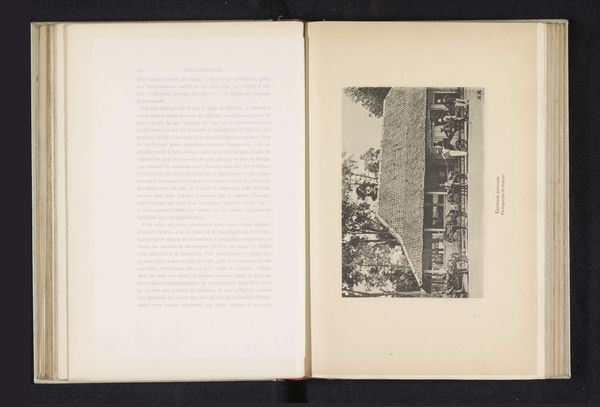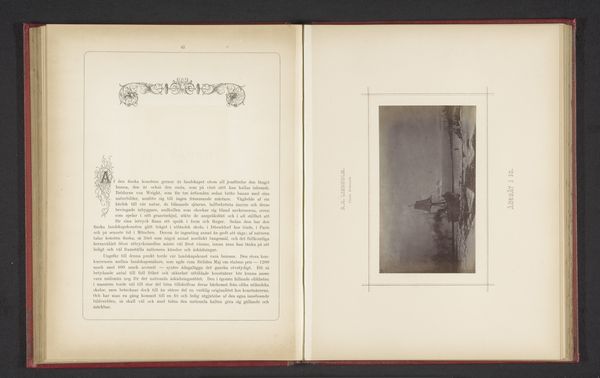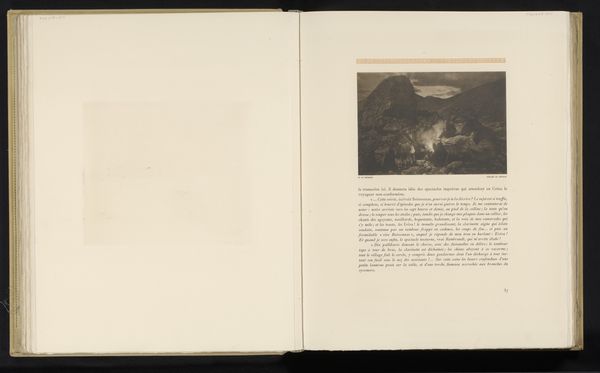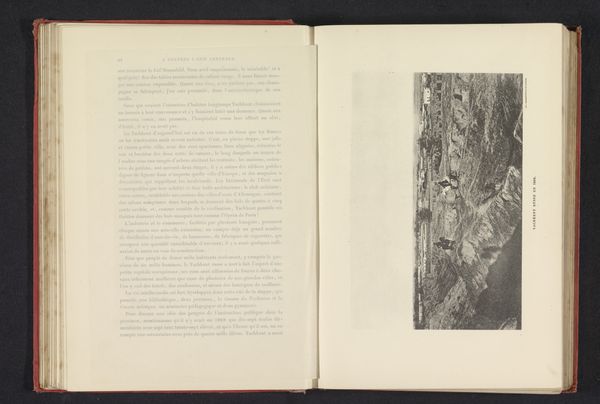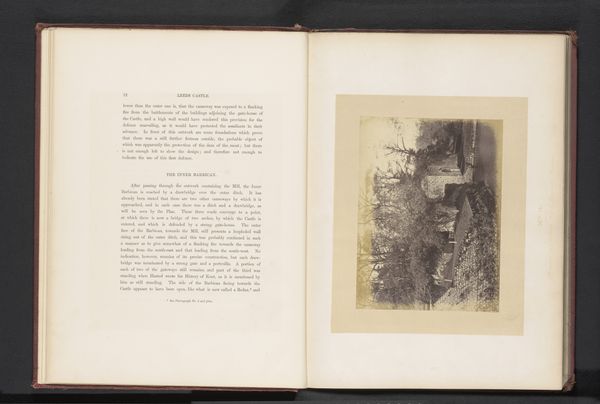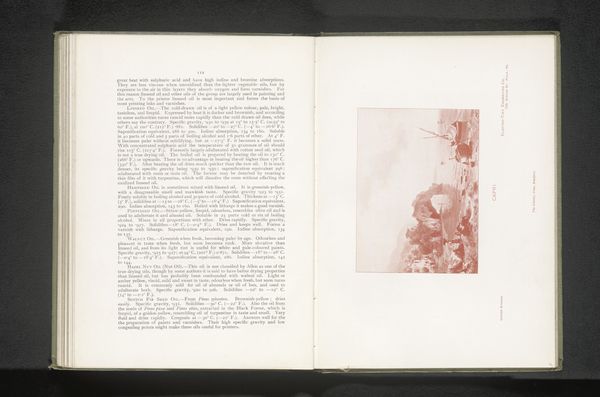
print, etching, photography, engraving
# print
#
etching
#
book
#
photography
#
genre-painting
#
history-painting
#
engraving
Dimensions: height 97 mm, width 141 mm
Copyright: Rijks Museum: Open Domain
Here we see Carl Stockmann’s depiction of Abraham sacrificing his son Isaac, rendered in print. At its core is the motif of sacrifice, echoing through the corridors of time. The raised knife, poised above Isaac, is not merely an instrument of potential death. It is a symbol, a visual formula recurring across cultures. Think of Iphigenia at Aulis, or the countless votive offerings in ancient temples. The act of sacrifice is a profound expression of devotion, fear, and a yearning for divine favor. Notice the angel’s intervention, arresting Abraham’s hand. This divine interruption has parallels, too; consider the Greek “deus ex machina”, a literary device where a god resolves a seemingly intractable conflict. It is a potent symbol of hope, of divine grace tempering human will. This gesture is deeply embedded in our collective consciousness, triggering primal emotions connected to our deepest fears and hopes. Consider how the symbol of sacrifice cyclically progresses. It resurfaces and evolves, acquiring new layers of meaning, as it is passed down through history. It is a testament to the enduring power of the human psyche to grapple with themes of devotion, redemption, and divine will.
Comments
No comments
Be the first to comment and join the conversation on the ultimate creative platform.

